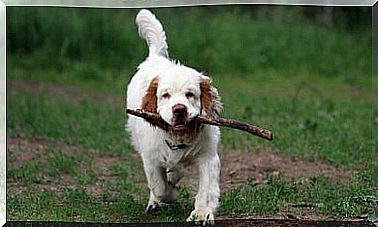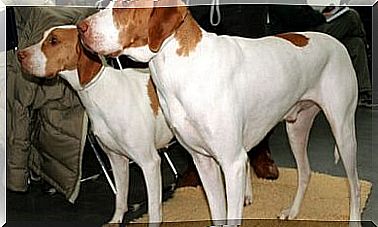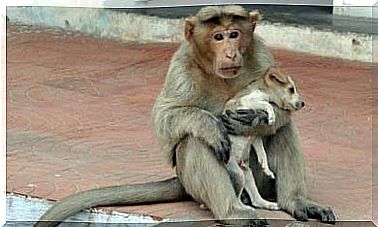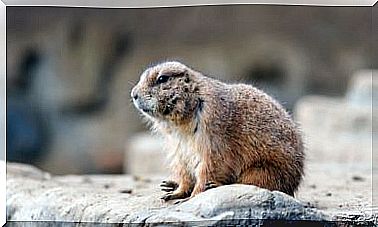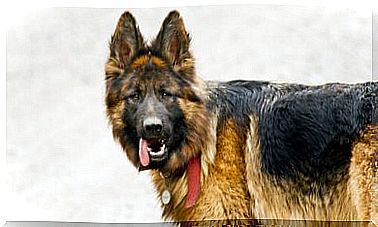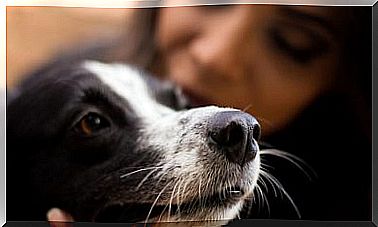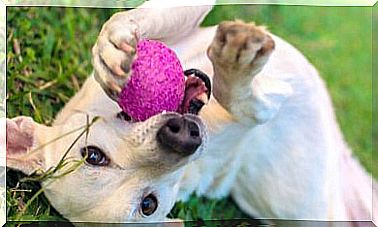The Teamwork Of Ants
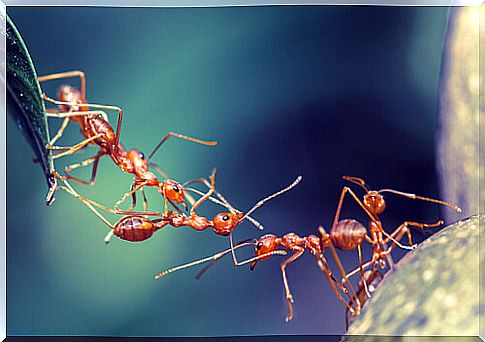
When we talk about organization and cooperation, these little insects can teach us a good lesson. The teamwork of the ants is really fabulous and we should know it to apply it in the office or at home. Without a doubt, their motto is “unity is strength”. Learn more about them in the following article.
Ants teamwork: functions
The ants live in colonies popularly known as ‘ant hills’, which have mounds of earth, sand or clay as entrance doors and an intricate system of labyrinths underground, where everything happens. One of the characteristics of these insects is that they are eusocial: they have a complex social organization.
Basically, this type of life is based on three premises: adults take care of the offspring, several generations coexist in the same household, and the members are divided into two castes (reproductive and worker). Within the teamwork of ants we can highlight different habits, functions and curious facts:
1. They sacrifice for the good of the colony
Ants have something that many call ‘social conscience’ and all they do is thinking of the common good. Therefore, it is normal that those that are injured or have been caught by predators are left behind when they are outside the anthill.
The forelius pusillus species has an infallible technique that exemplifies this sense of community very well: every night a group of 10 ants seal the entrance of the colony with rocks, branches and mud.
To do this, they must stay outside the anthill, so when they finish the job they are exposed to predators, but … They save the thousands that were left inside!
2. They get together to ‘make’ things
In this case, it is possible to apply that of ‘unity is strength’ and demonstrate how the teamwork of the ants ensures the continuity of the species. Those that inhabit South America have the ability to group together to form firm and resistant structures, and thus prevent most of the companions from dying.
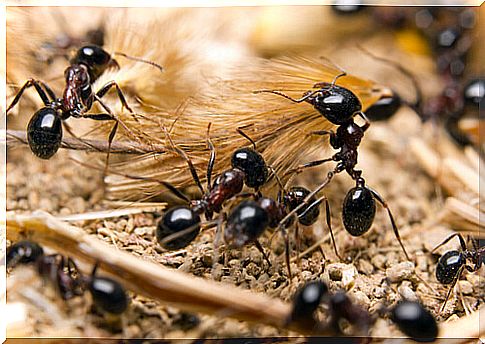
For example, they can be put together to create a giant raft to save the entire colony from a flood; or suspension bridges so that the others can pass without falling into the void.
3. They are organized into castes
Life in the colony is based on matriarchy. That is, the head of the family is a female known as ‘queen’, who is in charge of founding the colony, which remains active until it dies.
The males are only used for reproduction and, once they finish their work, they die naturally. When the queen is fertilized, she excavates a cave where to deposit the eggs, and then decides if she wants female or male to be born, according to the needs of the colony.
The tasks that require greater physical effort are carried out by the workers, which are the sterile females of the anthill. They are in charge, for example, of taking care of the larvae, keeping the burrow clean, obtaining food and defending the entrance. The younger ones stay inside the anthill, while the adults go outside.
The teachings of teamwork from ants
We can transfer this type of organization to our daily lives and take advantage of a system that is really effective in each situation. The teamwork of ants teaches us about:
1. Define the roles of each member
Not all individuals are capable of doing the same tasks. Therefore, if each member of a group or association is clear about their obligations, it will be easier for everything to work properly.
2. Communicate with each other
If an ant finds a great source of food, it calls on its companions so that they all benefit, or if there is danger, alert the others. We should do the same with those around us, although we know that this is not the norm, unfortunately.
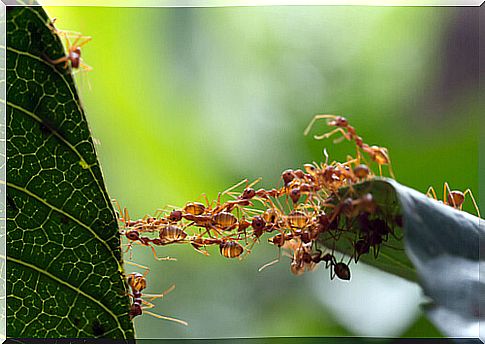
3. Commit
Ants do their best to accomplish their assigned task, even if it means not resting or even falling into the jaws of a predator. How can we people really commit to someone or something?
4. Change what is necessary
If for some reason there is a drop in the number of warrior ants in the colony, those who are in charge of caring for the larvae will not hesitate for a minute to go out to defend their large family. This change of roles and adaptability can be of great help to us.
